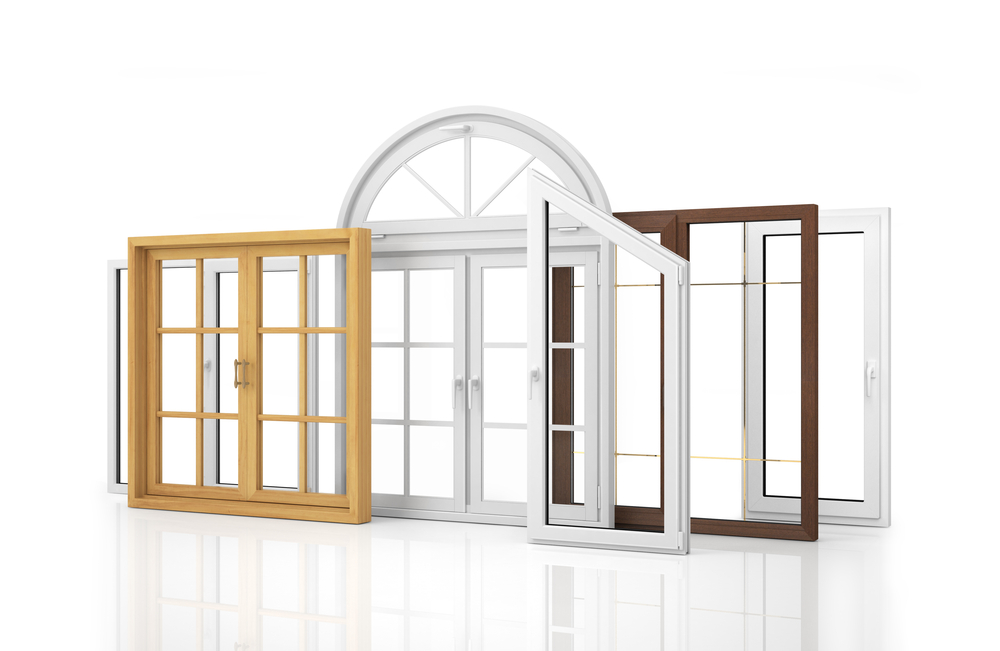
In recent years, tenders for the manufacture of glass facades for skyscrapers and shopping malls in the United States have increasingly been won by European manufacturers. But does it make sense to order windows and doors in Europe during the reconstruction of a single-family house or a duplex?
Let’s figure out which windows are better: American or European. And which ones are more cost-effective? To get a true picture, let’s make a comparison according to four criteria.

Energy Efficiency
It so happened that in the northern countries of Europe, winters are colder than in the United States, and energy prices are higher. In addition, Europeans are more cost-conscious. This resulted in the emergence of stringent standards for buildings efficiency adopted at the legislative level.
What is in practice? Tests confirm the higher energy efficiency of European windows. Low heat transfer is achieved by:
- Special flat arches in window frames that prevent heat exchange;
- Double-glazed windows with two or even three cameras, which is rarely practiced by American brands;
- Thicker glass with an energy-saving coating. It reflects UV and IR rays but does not block visible light.
Due to the tight clamping of European windows, the tightness reaches 900 Pa, which is higher than that of the lifting shutters common in the USA.
When comparing the design as a whole, and not just the frames, the heat loss of European windows is 15-20% lower than that of a comparable class systems from the United States.
Durability
Reinforced plastic and aluminum windows are mainly used in Europe. PVC and wooden windows are used in the USA. Aluminum frames are less common.
Aluminum profiles are the most durable of all materials, manufacturers give them a 50-year warranty. PVC has a warranty period of 20 to 30 years, subject to high-quality assembly. Wooden profiles need to be replaced in 10 to 15 years.
Fittings of European windows are more complicated, together with seals, they serve for 10 to 15 years. In the US, sash windows are more commonly used. Clicks and latches rarely fail, but seals must be replaced every year.
Safety
In terms of the locking mechanism reliability, both European and American windows in the closed position are equally reliable, it is impossible to open the sash from the outside without breaking the glass. In ventilation mode, everything changes.
With European systems, the tilt-and-turn sash can only be fully opened from the inside. But American windows, if they are ajar, are quite easy to open from the outside. There is enough gap to stick your hand through.
An additional argument in favor of windows from Europe is the possibility to install tempered glass. It is quite difficult to break them even with a stone or a small crowbar, or a hammer.

Price
Given the reduced energy consumption and durability, the European windows are already more competitive, part of the investment will return in the form of savings on repairs and heating bills. With all the advantages, the EU manufacturers set lower prices. When purchasing a set of windows for the whole house, they are cheaper in the EU even with shipping across the Atlantic.
In the US, manufacturers are conservative, producing windows in standard sizes. It is difficult and expensive to reconfigure equipment for the production of non-standard stained-glass windows. In Europe, the market works differently.
There are manufacturers of profile systems and processors who assemble windows for customers. As a result, you can order high-quality stained-glass windows made of Aluprof (Poland), Reynaers (Belgium) or Schuco (Germany) profiles in Eastern Europe, where the cost of production is lower, and save a lot. Learn more about the available options and get advice on the alumglass.eu website.





